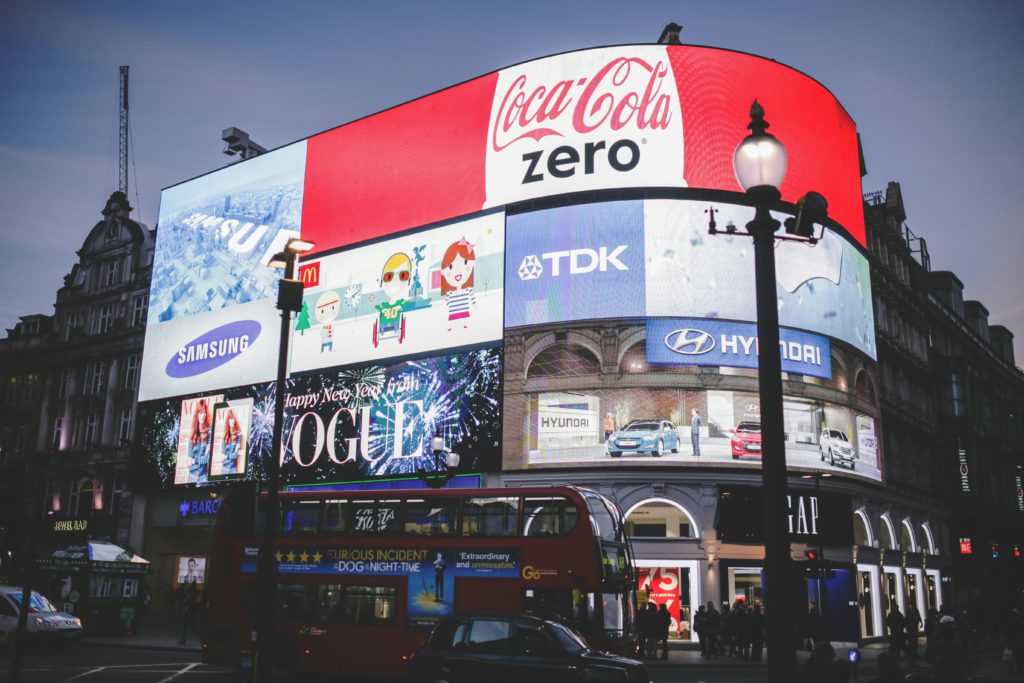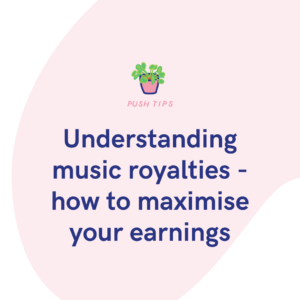Marketing involves promoting a product or service, but can’t you also advertise a product or service? So, how do the two terms compare, and how are they different?

In the vast world of business, two terms often come up: marketing and advertising. While they may seem similar, they actually serve distinct purposes in helping companies grow and succeed. Let’s delve into what sets marketing apart from advertising and how each contributes to the success of a business.
What is marketing?
Marketing is like the big picture strategy behind how a company promotes itself, its products, or its services. It’s all about understanding the needs and wants of customers and finding ways to meet those needs profitably. Marketing encompasses a wide range of activities that work together to attract, satisfy, and retain customers.
Components of marketing
Market research: This involves gathering information about consumers, competitors, and the overall market to understand trends, preferences, and demands.
Product development: Marketing also involves creating products or services that meet the needs identified through market research.
Pricing strategy: Determining the right price for products or services based on factors like production costs, competition, and perceived value in the market.
Distribution channels: Deciding how products or services will reach customers, whether through physical stores, online platforms, or other means.
Branding: Building a strong brand identity that resonates with the target audience and distinguishes the company from competitors.
Promotion: This includes advertising, but also other activities like public relations, social media marketing, content marketing, and events.
What is advertising?
Advertising is a specific subset of marketing that involves promoting products, services, or brands through paid communication channels. It’s a way for companies to reach out to potential customers and persuade them to buy or engage with what they offer.
Key characteristics of advertising
Paid promotion: Unlike some other marketing activities, advertising typically requires payment to media outlets or advertising platforms to display promotional messages.
Targeted messaging: Advertisements are crafted to appeal to specific target audiences. This is based on demographics, interests, or behaviour.
Medium diversity: Advertising can take various forms, including; print ads, television commercials, online banners, social media sponsored posts, and more.
Call to action: Advertisements often include a call to action. These prompt viewers to take a specific action such as making a purchase, visiting a website, or contacting the company.
Key differences
Scope: Marketing encompasses a broader range of activities, including market research, product development, pricing, and distribution, while advertising specifically focuses on promotional messaging.
Paid vs. unpaid: Advertising involves paid communication channels, while marketing includes both paid and unpaid strategies.
Long-term vs. short-term: Marketing often aims for long-term relationship building and brand equity, while advertising may focus more on short-term sales objectives.
Strategic vs. tactical: Marketing is strategic, involving planning and decision-making to achieve long-term goals, whereas advertising is more tactical, focusing on implementing specific promotional campaigns.
In essence, while marketing sets the overall direction and strategy for how a company interacts with its customers, advertising is one of the tools used within the broader marketing framework to communicate messages and promote offerings. Both are essential components of a successful business, working together to attract, engage, and retain customers.






